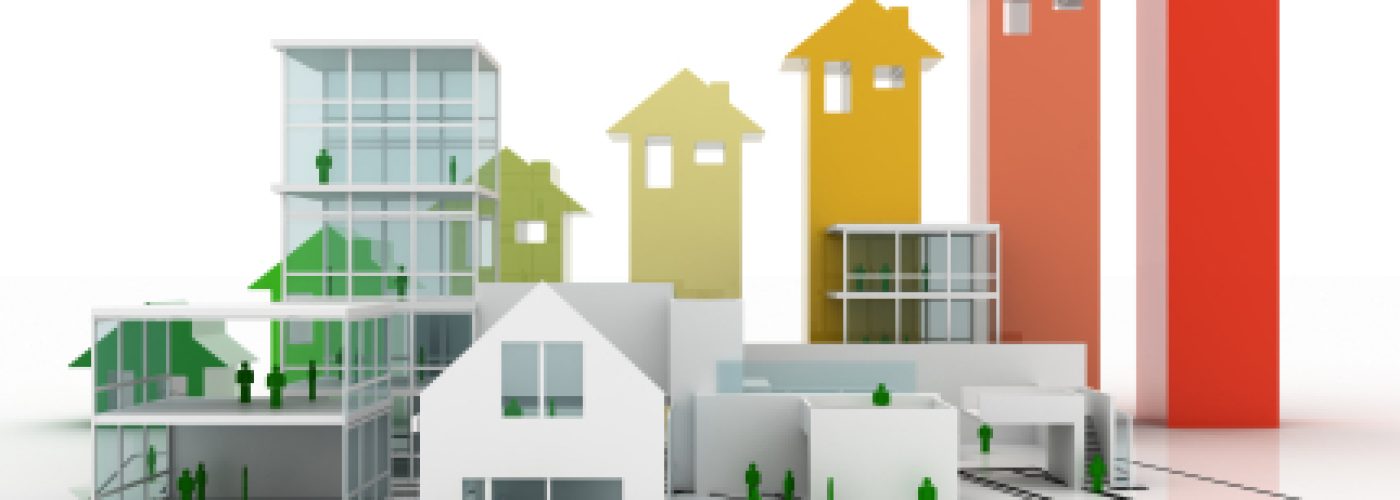Energy efficiency has become a major concern with regards to commercial building construction, with companies wanting to keep operational expenses as low as possible while also being “green.” Probably the most effective strategy toward such a goal would be the application of energy-efficient building materials, for which wall panels represent some of the most overt examples. Wall panels can play a considerable role in lowering energy usage because these are crucially important in regulating internal temperature within any building.
Thermal Insulation and Temperature Regulation
Wall panels play a very important role in regulating the temperature within commercial settings. The integration of insulated wall panels into other materials that offer high thermal insulation ensures uniform internal building temperatures. This ultimately reduces the demand for heating and cooling, hence decreased energy use. Indeed, maintaining the temperatures within comfortable ranges keeps occupants more comfortable, and this includes working offices, retail outlets, and even industrial establishments.
Wall Panels for Reduction of HVAC Load
Most commercial buildings have HVAC systems that are among the largest consumers of energy. These wall panels with enhanced insulation will reduce the stress that HVAC systems go through by minimizing heat leakage or penetration through a building envelope. A smaller HVAC load significantly lessens energy consumption and thus means smaller utility bills. In addition to that, smaller loads on HVAC might also increase its service life and bring extra savings after some very long periods of time.
Prevention of Air Leakage
Air leakage is one of the major issues in energy efficiency and most of the time, it occurs due to gaps or cracks within a building envelope. Therefore, panels make the structure much tighter-fitting, hence reducing the chances of air infiltration in wall panels. It keeps conditioned air from escaping or outside air from coming inside the building and maintains the temperature of the building along with reducing energy consumption upon proper installation.
Sustainability through Wall Panel Materials
The energy efficiency in commercial buildings is related to the material used during the building process. Today, most of the wall panels are made from sustainable materials which have a minimal environmental impact and provide very good insulation. Environmentally friendly wall panels add to reducing the carbon footprint of a project, and energy-efficient wall panels often qualify for green building certifications like LEED, adding to the sustainability profile of the building.
Soundproofing and Energy Efficiency
Another great feature of such energy-efficient wall panels relates to soundproofing. Most materials that contribute to thermal insulation are also capable of not allowing any extraneous noise into the spaces. In commercial buildings, it allows the creation of productive environments. In cases of offices or conference rooms, for instance, it becomes critical. While soundproofing might not relate directly to energy efficiency, the dual functionality of these wall panels reduces the need for additional materials and hence makes the entire process of construction more efficient.
Long-Term Cost Savings
If anything, energy-efficient wall panels are more costly to install but pay for themselves long-term through energy usage. Money generated from lower utility bills will offset the cost of a good panel. Over time, the benefit of reduced energy use, wear and tear on HVAC systems, and a more sustainable building makes it an enterprise advantage.
They have become an essential element in the growing demand for energy-efficient buildings, which are commercial in nature. They address various issues related to thermal insulation and leakage of air, apart from concern for sustainability. Thus, they would continue to remain one of the major essentials in designing and developing energy-efficient buildings, meeting both environmental and economic objectives in the development of commercial buildings.





